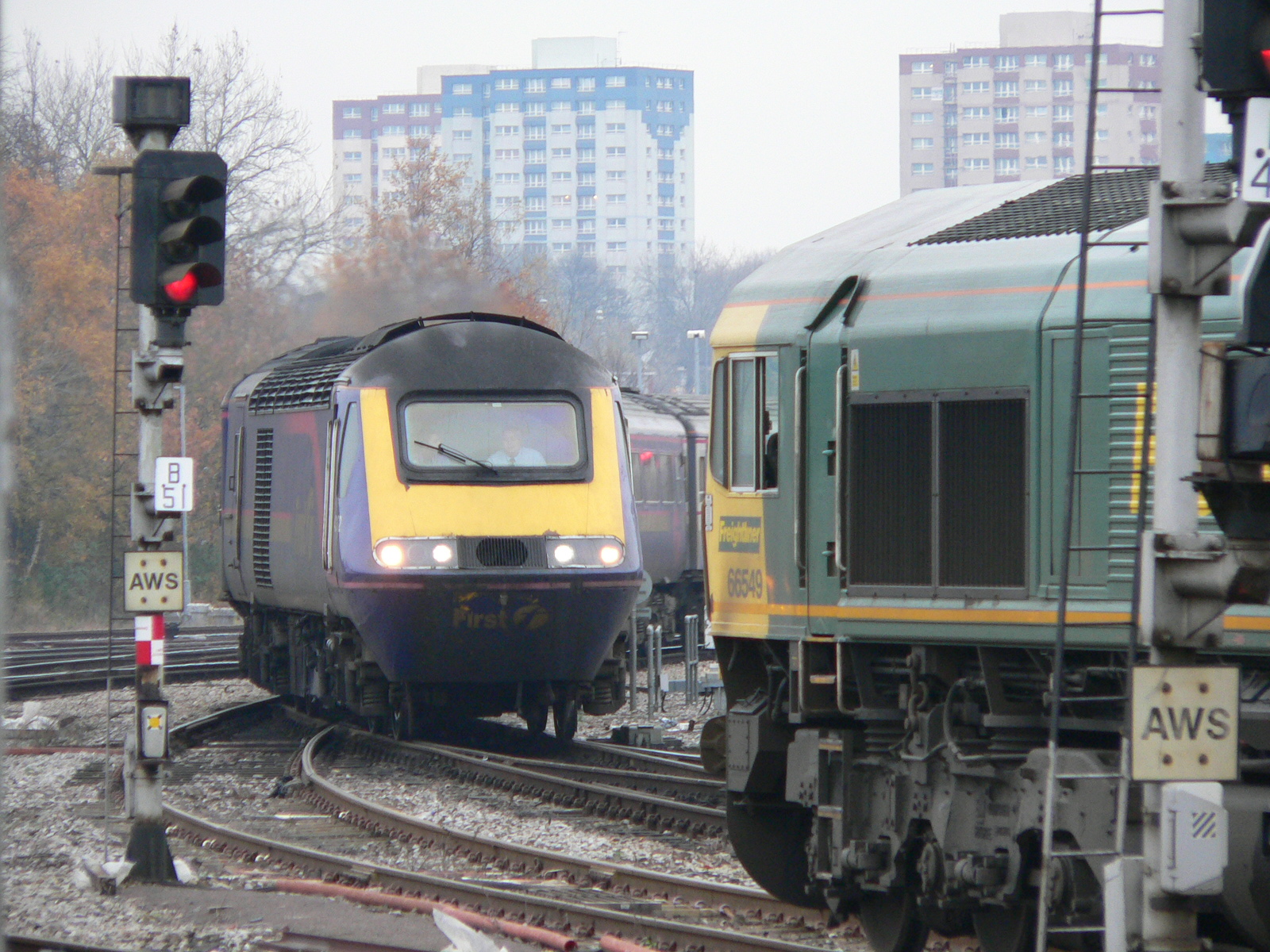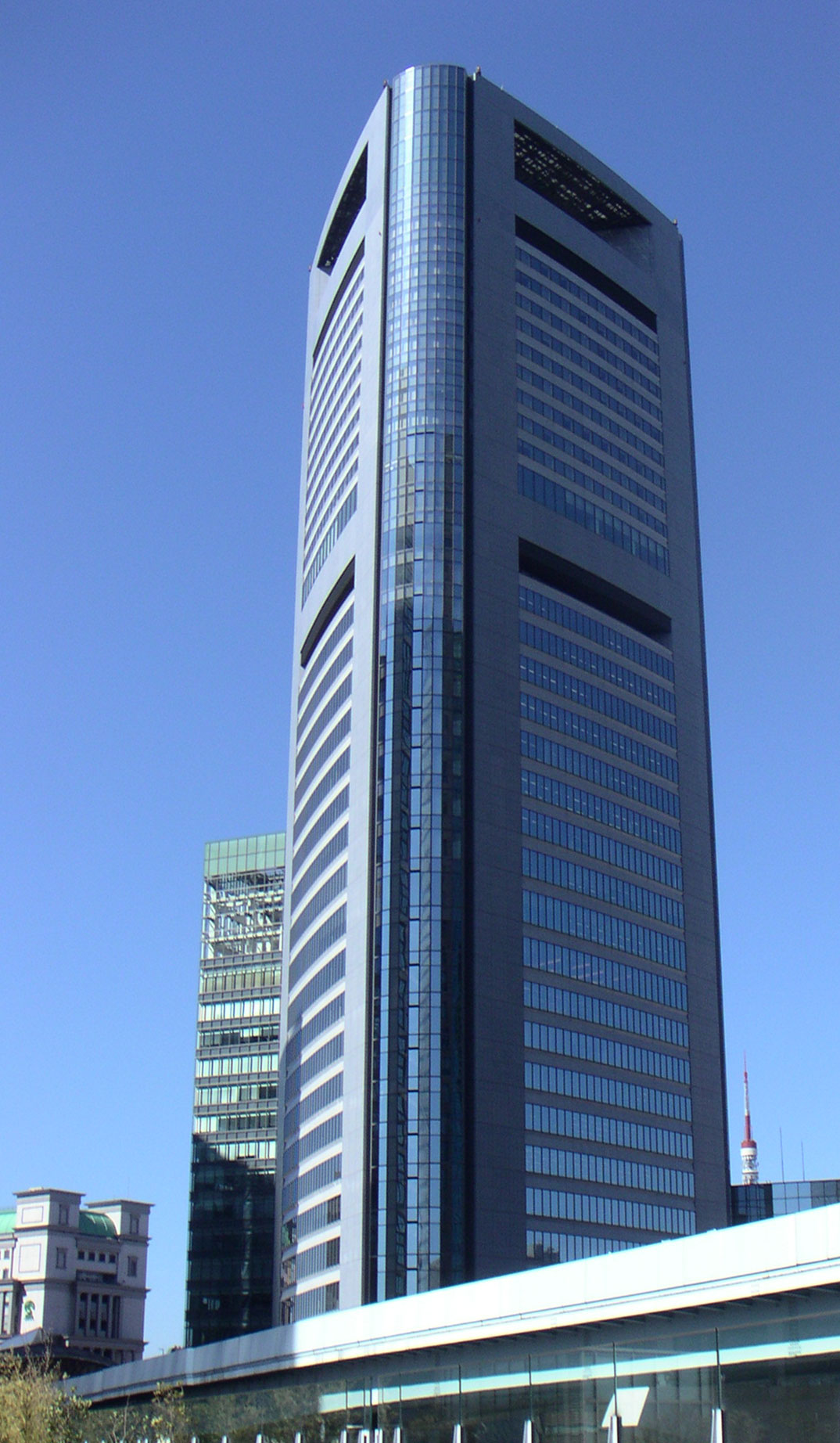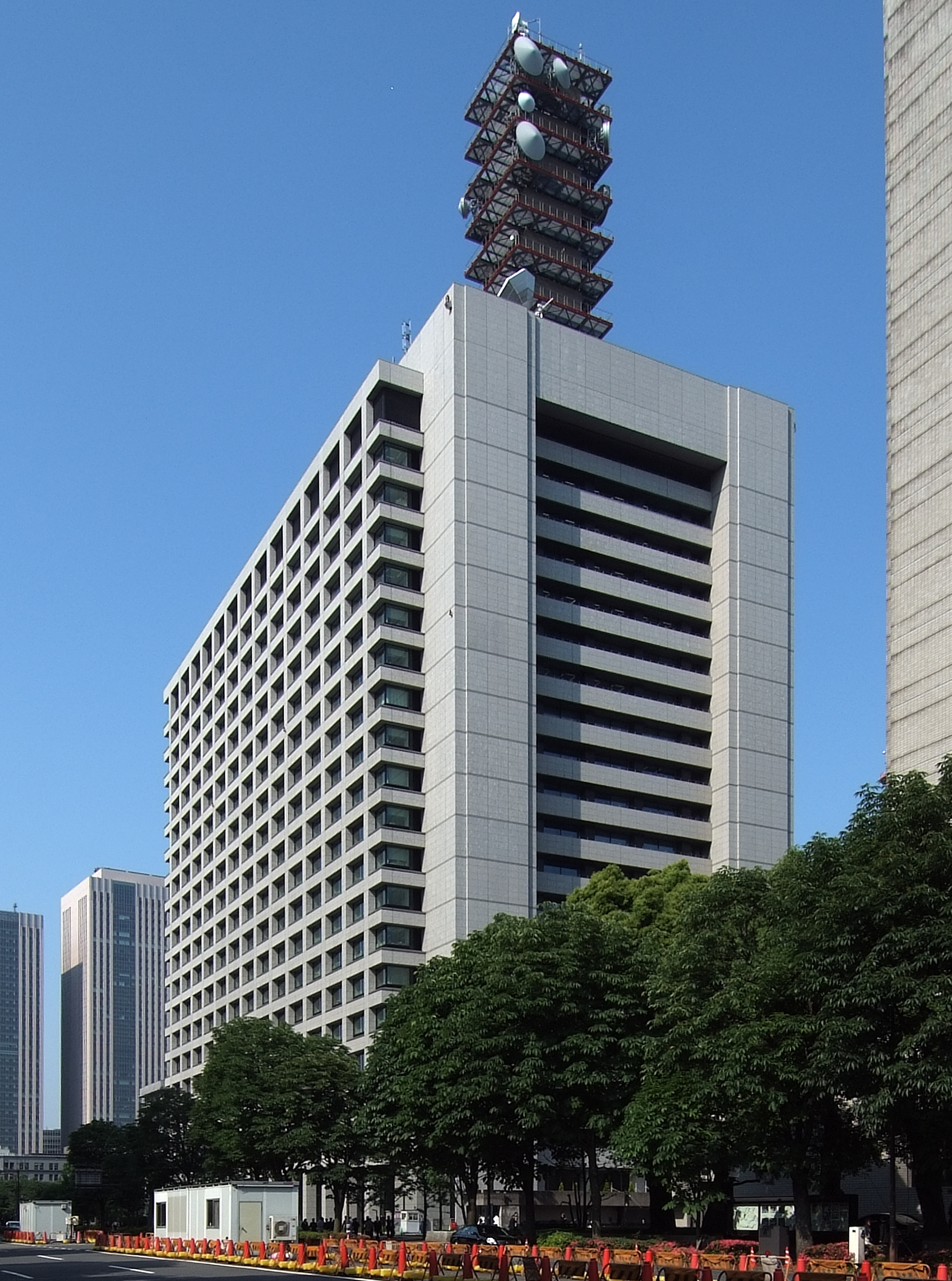|
Asatō Line
The is a Japanese railway line connecting Kaifu Station, Kaiyō, Tokushima, Kaiyō and Kannoura Station, Tōyō, Kōchi, Tōyō. Together with JR Shikoku's Mugi Line, it has the official nickname . This is the only railway line operated by . The company's name is abbreviated to the portmanteau . Since the line goes through a relatively sparsely populated area, it is under severe business stress, to the point where closure of the line has been proposed. The railway company commenced operating road–rail vehicles, known as DMV (Dual-mode transit, dual-mode vehicle) in Japan, on the Asato Line from 25 December 2021. The vehicles used are 3 extensively modified Toyota Coaster minibuses, claimed to be the first in the world, which enable through service to locations without rail infrastructure. The vehicles are classed as . In preparation, the rail line was disconnected from the Mugi Line in summer 2019. History Japanese National Railways started the construction of the Mugi Line ... [...More Info...] [...Related Items...] OR: [Wikipedia] [Google] [Baidu] |
Dual-mode Vehicle
A dual-mode vehicle (DMV) is a vehicle that can operate on conventional road surfaces as well as a Track (rail transport), railway track or a dedicated track known as a guideway. The development of these vehicles started together with personal rapid transport systems in the 1950s or even earlier. Dual-mode vehicles are commonly electrically powered and run in dual-mode for power too, using batteries for short distances and low speeds, and track-fed power for longer distances and higher speeds. Dual-mode vehicles were originally studied as a way to make electric cars suitable for inter-city travel without the need for a separate engine. Dual-mode transit describes transportation systems in which dual-mode vehicles operate on both public roads and on a guideway; thus using two mode of transport, modes of transport. In a typical dual-mode transit system, private vehicles comparable to automobiles would be able to travel under driver control on the street, but then enter a guideway ... [...More Info...] [...Related Items...] OR: [Wikipedia] [Google] [Baidu] |
Tosa Kuroshio Railway
The is a third-sector railway company in Kōchi Prefecture, Japan. The name comes from the former Tosa Province and the Kuroshio Current. The company was founded in 1986, and operates three lines: a former Japanese National Railways (JNR) line (the Nakamura Line) and two planned JNR lines on which construction had commenced but then been suspended due to JNR construction funds being diverted to shinkansen projects in the 1980s (the Sukumo and Asa lines). After its formation, the company recommenced construction and subsequently opened the lines and now operates them. Ownership As of January 2013, shares in the company are owned by Kōchi Prefecture (49.1%), the city of Sukumo (8.3%), the city of Aki (7.3%), the city of Shimanto (6.4%), and Shikoku Bank (4.8%). Lines Tosa Kuroshio Railway operates the following three lines. * Nakamura Line (labeled "TK") ** — (43.0 km) * Sukumo Line (labeled "TK") ** — (23.6 km) * Asa Line (labeled "GN") **The official nick ... [...More Info...] [...Related Items...] OR: [Wikipedia] [Google] [Baidu] |
Railway Signalling
Railway signalling (), or railroad signaling (), is a system used to control the movement of railway traffic. Trains move on fixed rails, making them uniquely susceptible to collision. This susceptibility is exacerbated by the enormous weight and inertia of a train, which makes it difficult to quickly stop when encountering an obstacle. In the UK, the Regulation of Railways Act 1889 introduced a series of requirements on matters such as the implementation of interlocked block signalling and other safety measures as a direct result of the Armagh rail disaster in that year. Most forms of train control involve movement authority being passed from those responsible for each section of a rail network (e.g. a signalman or stationmaster) to the train crew. The set of rules and the physical equipment used to accomplish this determine what is known as the ''method of working'' (UK), ''method of operation'' (US) or ''safe-working'' (Aus.). Not all these methods require the use of p ... [...More Info...] [...Related Items...] OR: [Wikipedia] [Google] [Baidu] |
Rail Gauge
In rail transport, track gauge is the distance between the two rails of a railway track. All vehicles on a rail network must have wheelsets that are compatible with the track gauge. Since many different track gauges exist worldwide, gauge differences often present a barrier to wider operation on railway networks. The term derives from the metal bar, or gauge, that is used to ensure the distance between the rails is correct. Railways also deploy two other gauges to ensure compliance with a required standard. A ''loading gauge'' is a two-dimensional profile that encompasses a cross-section of the track, a rail vehicle and a maximum-sized load: all rail vehicles and their loads must be contained in the corresponding envelope. A '' structure gauge'' specifies the outline into which structures (bridges, platforms, lineside equipment etc.) must not encroach. Uses of the term The most common use of the term "track gauge" refers to the transverse distance between the inside surfaces ... [...More Info...] [...Related Items...] OR: [Wikipedia] [Google] [Baidu] |
The Asahi Shimbun
is a Japanese daily newspaper founded in 1879. It is one of the oldest newspapers in Japan and Asia, and is considered a newspaper of record for Japan. The ''Asahi Shimbun'' is one of the five largest newspapers in Japan along with the ''Yomiuri Shimbun'', the ''Mainichi Shimbun'', the ''The Nikkei, Nihon Keizai Shimbun'' and ''Chunichi Shimbun''. The newspaper's circulation, which was 4.57 million for its morning edition and 1.33 million for its evening edition as of July 2021, was second behind that of the ''Yomiuri Shimbun''. By print circulation, it is the second List of newspapers in the world by circulation, largest newspaper in the world behind the ''Yomiuri'', though its digital size trails that of many global newspapers including ''The New York Times''. Its publisher, is a media conglomerate with its registered headquarters in Osaka. It is a privately held company, privately held family business with ownership and control remaining with the founding Murayama and Uen ... [...More Info...] [...Related Items...] OR: [Wikipedia] [Google] [Baidu] |
Cape Muroto
is a headland at the southeastern tip of the Japanese island of Shikoku, in the city of Muroto, Kōchi Prefecture. Extending into the Pacific Ocean and situated in within Muroto-Anan Kaigan Quasi-National Park, the cape has been designated a Place of Scenic Beauty and the local vegetation a Natural Monument, while the ''Sound of the Waves at Cape Muroto and '' is among the 100 Soundscapes of Japan. Cultural features On the summit overlooking the cape is Hotsumisaki-ji, the twenty-fourth temple on the Shikoku Pilgrimage, as well as , which started operating in 1899, and a statue of Nakaoka Shintarō. Geology Due to the subduction of the Philippine Sea Plate beneath the Eurasian Plate in the Nankai Trough, some off the cape, the land around the cape is being uplifted at a rate of to per millennium, at the top end of the world's uplift rates. Fauna Birds observed in the vicinity of the cape include the osprey and blue rock thrush. Marine life in the waters offs ... [...More Info...] [...Related Items...] OR: [Wikipedia] [Google] [Baidu] |
Kyodo News
is a nonprofit cooperative news agency based in Minato, Tokyo. It was established in November 1945 and it distributes news to almost all newspapers, and radio and television networks in Japan. The newspapers using its news have about 50 million subscribers. K. K. Kyodo News is Kyodo News' business arm, established in 1972.Shrivastava, K. M. (2007). ''News agencies from pigeon to internet.'' Sterling Publishers Pvt. Ltd. p. 208. . The subdivision Kyodo News International, founded in 1982, provides over 200 reports to international news media and is located in Rockefeller Center, New York City. Their online news site is in Japanese language, Japanese, Chinese language, Chinese (Simplified Chinese, Simplified and Traditional Chinese, Traditional), Korean language, Korean, and English language, English. The agency employs over 1,000 journalists and photographers, and maintains news exchange agreements with over 70 international media outlets. Satoshi Ishikawa is the news agency's ... [...More Info...] [...Related Items...] OR: [Wikipedia] [Google] [Baidu] |
MLIT
The , abbreviated MLIT, is a ministry of the Japanese government.国土交通省設置法 , Ministry of Internal Affairs and Communications. It is responsible for one-third of all the laws and orders in Japan and is the largest Japanese ministry in terms of employees, as well as the second-largest executive agency of the Japanese government after the Ministry of Defense. The ministry oversees four external agencies including the , the |
Mugi Station
is a passenger railway station located in the town of Mugi, Kaifu District, Tokushima Prefecture, Japan. It is operated by JR Shikoku and has the station number "M24". Lines Mugi Station is served by the Mugi Line and is located 67.7 km from the start of the line at . All trains stop at this station. Prior to March 2025, it was the southern terminus for the Muroto limited express service, which previously ran between Mugi and . Layout Mugi Station consists of an island platform serving two tracks. As the station was until 1973 the southern terminus of the Mugi line, numerous passing loops and sidings branch off from the main tracks. The station building houses a waiting room and a JR ticket window (without a ''Midori no Madoguchi'' facility). Access to the island platform is by means of a level crossing with ramps. Platforms file:Mugi Station (2015) 02.JPG, Waiting room and ticket window of Mugi Station. file:Mugi Station (2015) 05.JPG, A view of the station pl ... [...More Info...] [...Related Items...] OR: [Wikipedia] [Google] [Baidu] |
JR Bus
JR Bus collectively refers to the bus operations of Japan Railways Group (JR Group) companies in Japan. JR Bus is operated by six regional companies, with JR East and JR West operating two each while the others operate one each. JR Bus companies provide regional, long distance, and chartered bus services. List of companies History The Ministry of Railways of Japan started its first bus operation in Aichi Prefecture in 1930 and gradually expanded bus routes. The Japanese National Railways The , abbreviated JNR or , was the business entity that operated Japan's national railway network from 1949 to 1987. Network Railways As of June 1, 1949, the date of establishment of JNR, it operated of narrow gauge () railways in all 46 pre ... (JNR), public corporation established in 1949, succeeded the bus operations, then called ''Kokutetsu Bus'' or JNR Bus. In 1987, JNR was divided into regional railway companies together with its bus operations. JR companies later separated ... [...More Info...] [...Related Items...] OR: [Wikipedia] [Google] [Baidu] |
Mode Change For Dual Mode Vehicles(1) 2022-02 As
Mode ( meaning "manner, tune, measure, due measure, rhythm, melody") may refer to: Arts and entertainment * MO''D''E (magazine), a defunct U.S. women's fashion magazine * ''Mode'' magazine, a fictional fashion magazine which is the setting for the ABC series ''Ugly Betty'' * ''Mode'' (video game), a 1996 video game * Mode Records, a record label * Mode Media, a defunct digital media company * ''Mode'' (book series), a quartet of novels by Piers Anthony * Modern Organization for Dance Evolvement, known as MODE, a 1970s modern dance organisation in New York * ''Mode'', a defunct Indonesian women's magazine Music * Mode (music), a system of musical tonality involving a type of scale coupled with a set of characteristic melodic behaviors ** Modus (medieval music) *** Gregorian mode, a system of modes used in Gregorian chant (as opposed to ancient Greek modes or Byzantine octoechos) * "Mode", a song by PRhyme from the 2015 soundtrack '' Southpaw: Music from and Inspired by t ... [...More Info...] [...Related Items...] OR: [Wikipedia] [Google] [Baidu] |
Bustitution
A rail replacement bus service uses buses to replace a passenger train service on a temporary or permanent basis. The train service that is replaced may be of any type such as light rail, tram, streetcar, commuter rail, regional rail or heavy rail, intercity passenger service. The rail service may be replaced if the line is closed because of rail maintenance, a breakdown of a train, a rail accident or a strike action; or simply to provide additional capacity, or if the rail service is deemed not economically viable. Terms for a rail replacement bus service include bustitution (a portmanteau of the words "bus" and "substitution", or bustitute) and bus bridge. Substitution of rail services by buses can be unpopular and subject to criticism and so the term ''bustitution'' is often used pejoratively.An example appears in a 2009 editorial. See: Examples Australia In Australia, a permanent or temporary rail replacement service change is often referred to as ''bustitution''. I ... [...More Info...] [...Related Items...] OR: [Wikipedia] [Google] [Baidu] |







